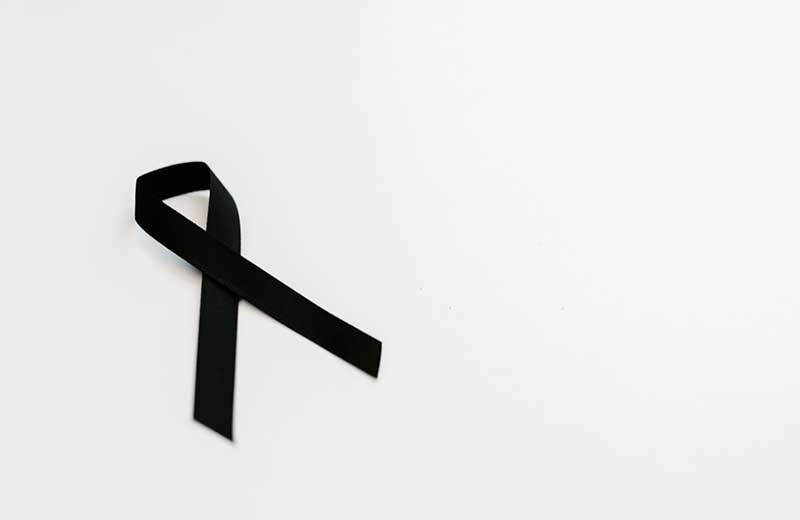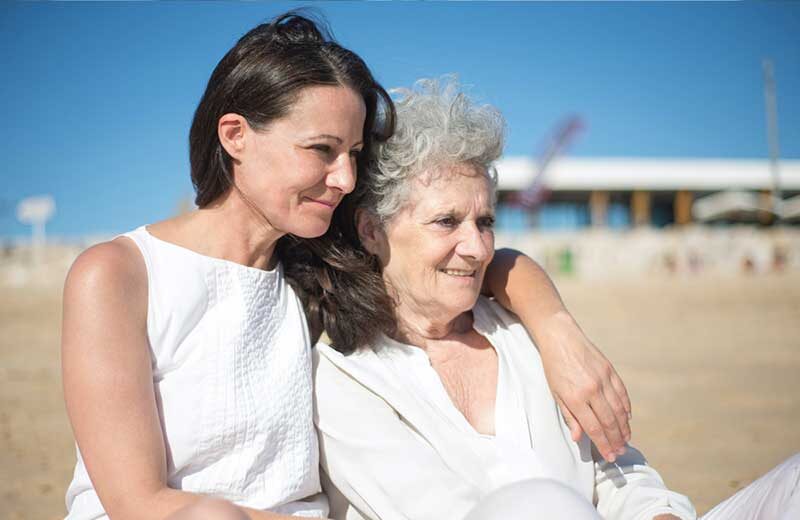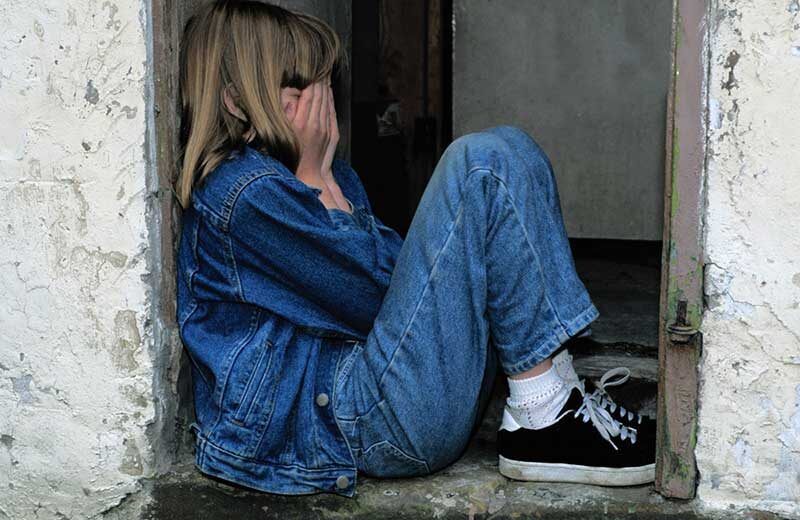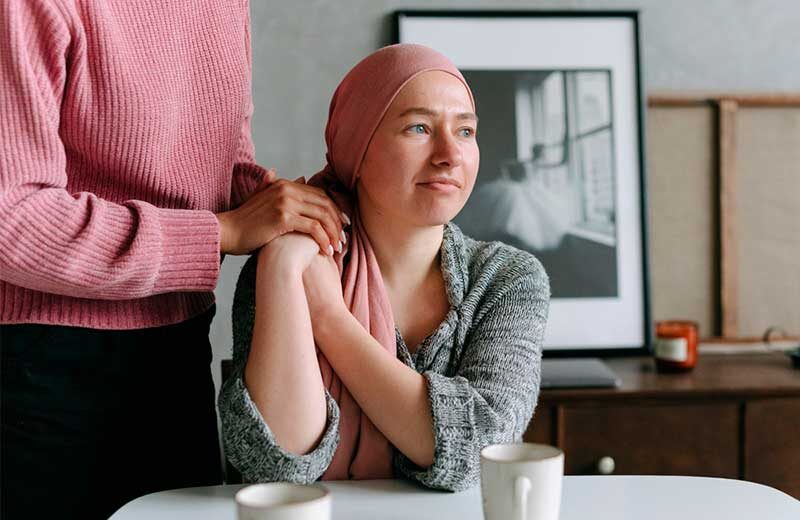The customs related to death have arranged social behavior in every part of the world according to religions and traditions. In most cases, mourning is the way in which grief is expressed at the loss of a loved one, and this is shown through outward signs such as clothing, ornaments, and other objects during and after funerals. This behavior demands rigor, such as abstaining from entertainment or activities outside the home.
Homes without a mother
In all cultures of the world, the mother represents a fundamental figure in the development of children and is the one who forms the home, her absence for various reasons of life or death represents a void difficult to fill and the father is the one who commonly occupies this space, replaces the mother and fulfills endless responsibilities, in addition to his role as father of the family.
Instruments for healing at all times
We know that, in recent years, as a society, we have not been more inclined to learn more about the ailments that afflict us throughout our lives. Access to digital information, the publication of specialized books on mental and physical health, with translations into several languages, allow us to go deeper into the diagnoses we receive in the doctor’s office and have a comprehensive view of the disease. We will comment on three methods with a holistic perspective of healing that have been widely disseminated and supported.
Farewell to my mother, grieving in adulthood
The loss of a mother represents one of the most terrible pains that a person can suffer. Our culture has placed the maternal role in a privileged and indispensable place because, in addition to providing life, she is a protector, educator, and the one who feeds, which is why it is so difficult to survive her absence.
How to talk about grief with children?
Years ago, children played in gardens or in the countryside, close to nature, and observed life cycles. They had a closer coexistence with their loved ones: grandparents were accompanied in their illnesses and when they died, funerals were held in their homes. In our time, despite access to media information, medical advances, and constant migration, children have distanced themselves from the knowledge of death and the way in which mourning is experienced throughout life.
You’re Prettier When You’re Quiet
A concept that prevails in our society is gender-based violence, that is, a type of physical, psychological, sexual, institutional, or political aggression exercised against people based on their sexuality, orientation, or gender identity, which causes a serious impact on their well-being. It is a term that has gained importance due to its recurrence among women and girls, and aggression that is not always visible and justified by the perpetrator.
Far from home
On April 25, 1846, the United States declared war on Mexico and thus began one of the most dramatic and painful chapters in history. Due to the North American expansionist policy, and the resistance of the Mexican government to sell the northern states, an armed intervention of more than 10,000 soldiers was carried out, who faced a powerful Mexican army. The war extended to Mexico City and, in 1847, peace was agreed upon through the Treaties of Guadalupe-Hidalgo, in exchange for ceding several states in northern Mexico to the United States.
What to do, who to call?
When a loved one has passed away, the feeling that it generates is one of surprise and rupture. Uncertainty and disorientation grip us. It does not matter if the person was terminally ill and we had time to prepare ourselves, the impact is always sudden. For this reason, prevention takes on a relevant importance, to have at hand information and a plan to make things easier.
Dying of love
On December 27, 2016, renowned actress Carrie Fisher passed away due to complications from cardiac arrest; the following day, her mother, the also famous Debbie Reynolds suffered a cerebral hemorrhage and died.
What is Thanatology?
Thanatology is the knowledge related to the causes and effects of the end of earthly life. It arose with the purpose of alleviating the physical and emotional pain that occurs in a terminal patient, that is, in a person who suffers and knows the diagnosis of his or her illness, from which he or she is possibly going to die in a short time.










